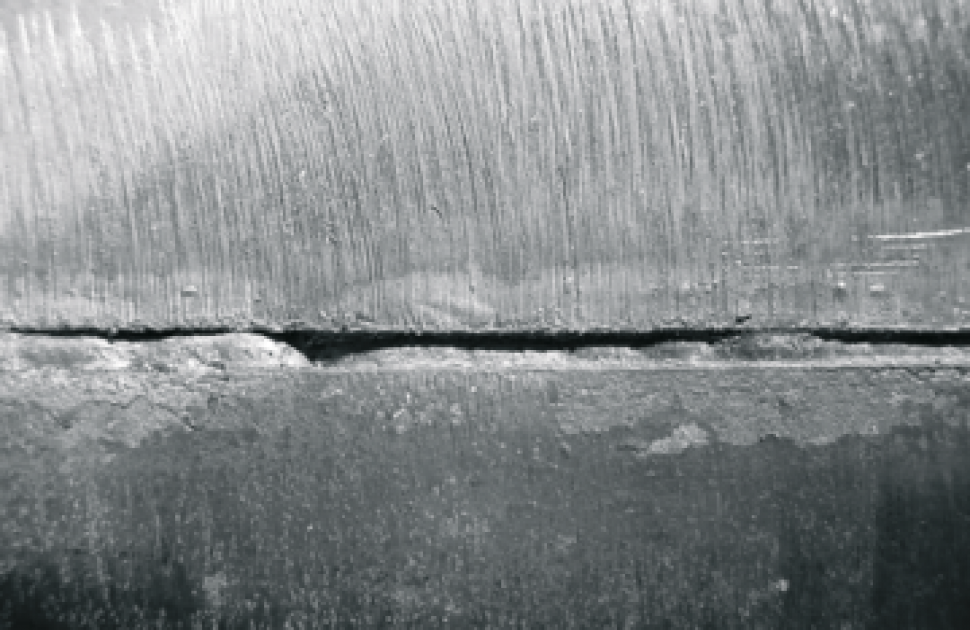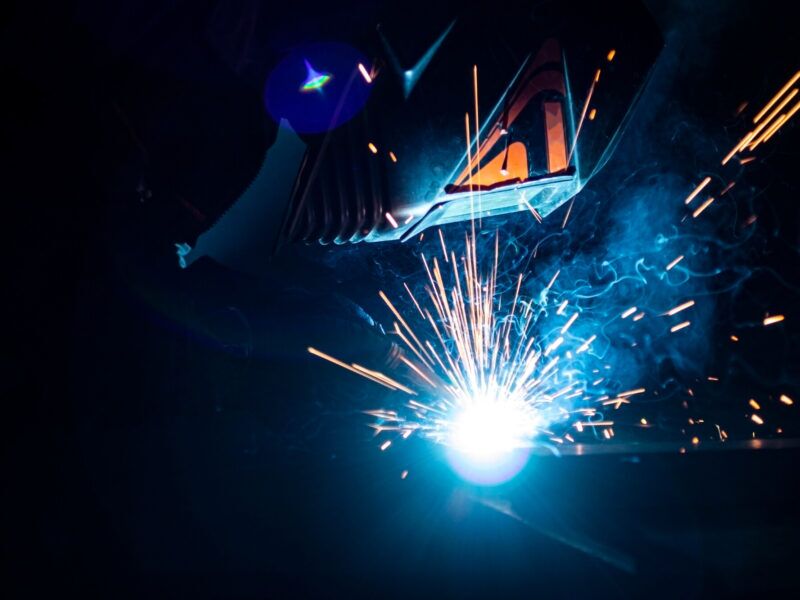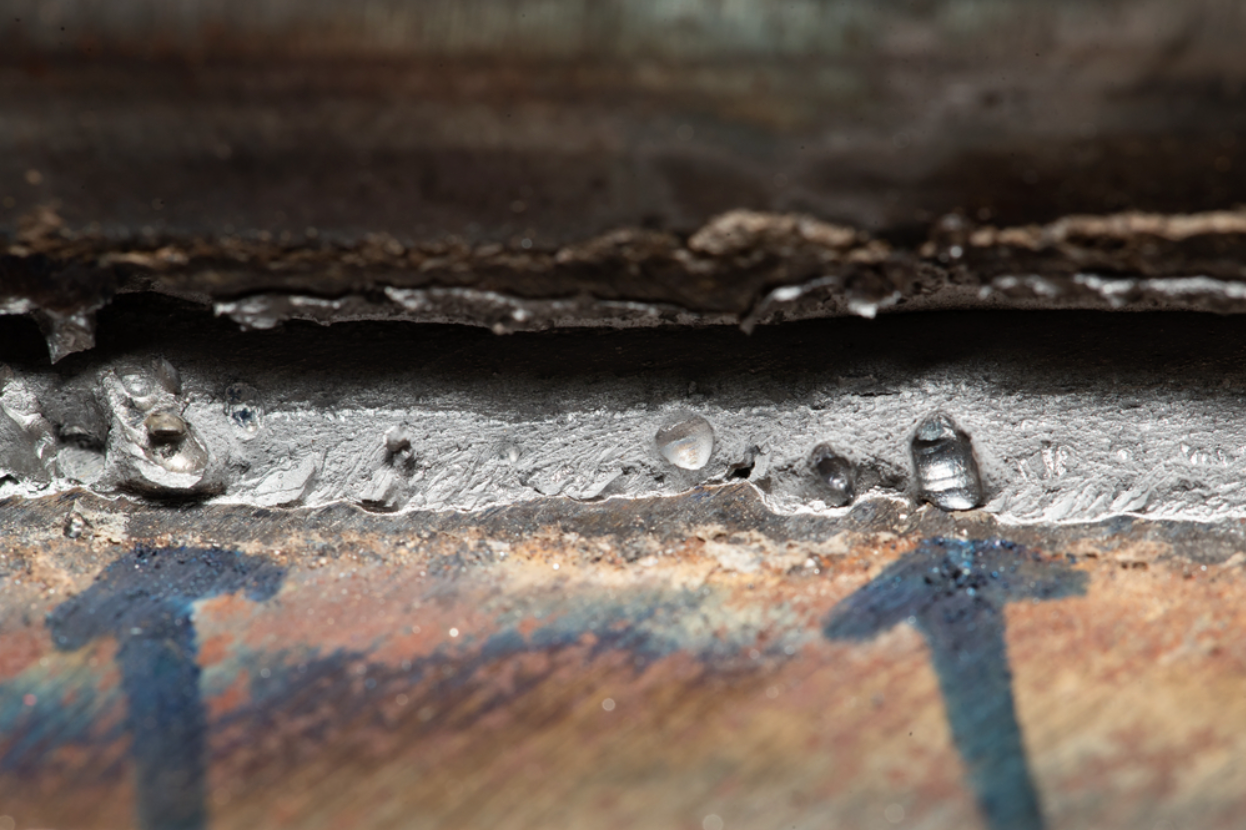Reliable Ways to Prevent Weld Undercut in Your Welding Projects
Reliable Ways to Prevent Weld Undercut in Your Welding Projects
Blog Article
Essential Tips for Welders: Protecting Against Undercut Welding and Ensuring Stronger Weld Joints
In the realm of welding, accomplishing solid and resilient weld joints is the foundation of generating top quality job. One typical obstacle that welders commonly come across is undercut welding, which can endanger the honesty of the weld joint. By comprehending the aspects that add to damaging and carrying out the right strategies and precautions, welders can properly prevent this problem and ensure the durability and stamina of their welds. Allow's discover some essential tips that can aid welders navigate this challenge and elevate the quality of their welding tasks.

Recognizing Undercut Welding
Undercut welding is a typical welding problem that occurs when the weld metal stops working to appropriately fill up the groove and results in a groove-like depression along the weld bead. This problem damages the weld joint, making it prone to cracking and failing under stress. Damaging can be triggered by numerous variables, including excessive welding present, high welding rate, incorrect electrode angle, inaccurate electrode size, and inadequate welding technique.
Among the major reasons for undercut welding is a discrepancy in between the welding present and the welding speed. If the welding current is also high or the welding speed is as well fast, the weld steel may not adequately load the groove, resulting in damaging. Additionally, utilizing an electrode that is too large can result in a comparable result, as the excess steel can not properly flow into the groove.
To stop undercut welding, welders should ensure they are using the proper welding criteria, maintain a suitable electrode angle, select the proper electrode size, and method appropriate welding methods. By resolving these elements, welders can lessen the threat of damaging and develop stronger, extra trustworthy weld joints.
Appropriate Welding Strategy
Efficient welding technique plays a critical function in making sure the quality and honesty of weld joints. One fundamental facet of proper welding technique is preserving the proper angle and distance between the welding gun and the workpiece.
In addition, a regular and stable hand activity is important for developing strong and sturdy weld joints. Welders need to aim for smooth, consistent motions to make sure even distribution of the weld material. Correct manipulation of the welding gun and filler material is likewise crucial to attaining ideal penetration and combination.
Additionally, regulating the warmth input and selecting the ideal welding parameters based on the material being bonded are critical consider achieving high-grade welds - Preventing weld undercut. Welders must comply with the advised setups given by welding procedure requirements and readjust them as needed based upon the certain demands of the task. By understanding correct welding methods, welders can significantly improve the stamina and reliability of their weld joints
Choosing the Right Electrode
When thinking about the importance of selecting the appropriate electrode in welding applications,Preserving the correct angle and range between the welding gun and the workpiece is basic. The selection of electrode plays a crucial function in establishing the high quality and stamina of the weld joint. Electrodes come in different kinds, each made for details objectives and materials.
First of all, choosing the appropriate electrode size is crucial. Thinner electrodes appropriate for welding slim products, while thicker electrodes are better for thicker materials and greater warmth applications. Matching the electrode diameter to the density of the work surface helps attain a balanced weld.
Secondly, understanding the product structure of the electrode is vital. Various electrodes are developed for welding certain materials like steel, stainless steel, aluminum, or cast iron. Making use of the right electrode product makes certain excellent fusion over here and decreases the danger of flaws in the weld.
Last but not least, thinking about the welding setting and method is important when choosing the electrode type. For circumstances, particular electrodes are better fit for vertical or overhead welding positions, while others function well for flat or horizontal placements. Choosing the right electrode based on the welding strategy enhances the total weld high quality and honesty.
Preparing the Base Steel
To guarantee a successful welding process, what initial actions should be taken when preparing the base steel for welding? Additionally, any kind of existing weld product or residue from previous welding should be gotten rid of to make sure a tidy surface for the new weld.

Carrying Out Post-Weld Assessments

After performing these assessments, welders have to compare the outcomes against industry requirements and job demands to guarantee that the weld joint fulfills all essential criteria. Any kind of insufficiencies or deviations discovered during the post-weld assessment ought to be without delay addressed via ideal corrective actions to ensure the weld's stability. By carefully performing post-weld assessments and immediately addressing any concerns, welders can maintain the top quality and integrity of their work, inevitably adding to the safety and durability of the bonded frameworks.
Conclusion

Finally, preventing undercut welding and making sure stronger weld joints call for a combination of appropriate welding strategy, selecting the ideal electrode, preparing the base steel appropriately, and carrying out post-weld examinations. By her response recognizing the reasons for undercut welding and carrying out the required safety measures, welders can produce premium weld joints that satisfy sector requirements and make sure the structural integrity of the welded components.
Undercut welding is a common wikipedia reference welding defect that happens when the weld steel fails to properly fill up the groove and results in a groove-like clinical depression along the weld bead (Preventing weld undercut). Damaging can be caused by various factors, consisting of too much welding existing, high welding rate, inappropriate electrode angle, incorrect electrode dimension, and bad welding technique
One of the main reasons for undercut welding is an imbalance in between the welding current and the welding rate. If the welding current is too high or the welding rate is as well quick, the weld steel might not properly fill up the groove, leading to damaging.Maintaining the appropriate angle and range between the welding gun and the work surface is fundamental when considering the relevance of choosing the right electrode in welding applications.
Report this page